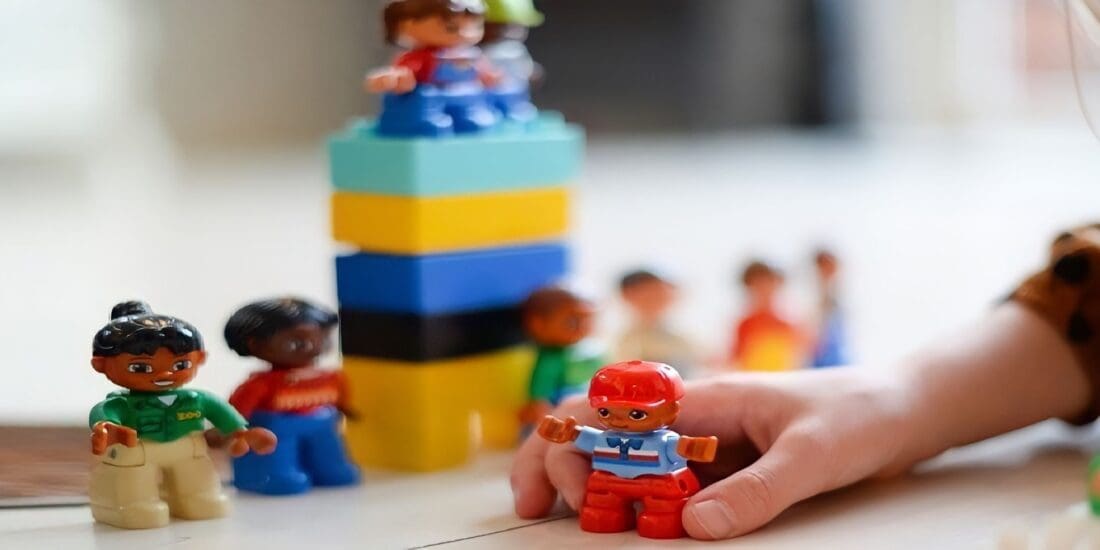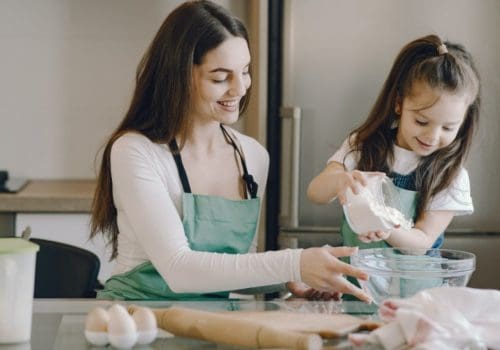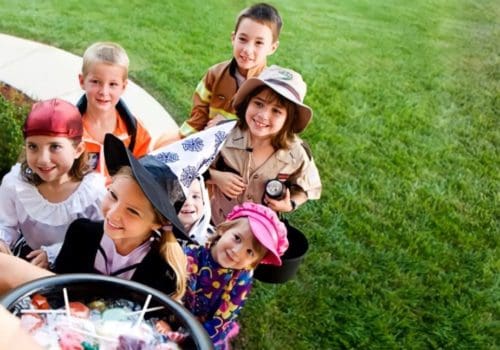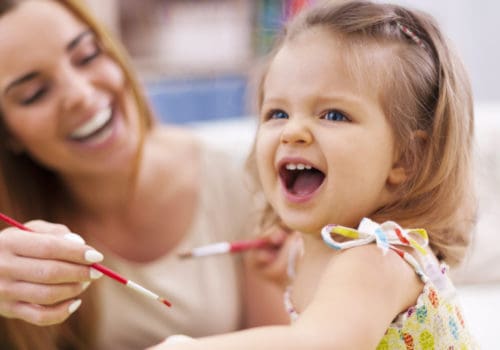This week we join the National Association for the Education of Young Children (NAEYC) in…

The Benefits of Open-Ended & Close-Ended Toys
That joyous time of giving is right around the corner! As we consider what to give all those special little people in our lives during the holidays and throughout the year, knowing the difference between open-ended and close-ended toys as well as the benefits they offer will give us alternatives to keep our children engaged in beneficial play-based activities and away from the screen as much as possible.
What are close-ended toys?
Close-ended toys are toys with a specific purpose. These types of toys give children the opportunity to feel a sense of accomplishment and satisfaction when they achieve the intended goal. They support the development of various physical and cognitive skills and are very useful when teaching important concepts such as shapes, numbers, colors, letters, etc.
Close-ended toys help children develop focus and the ability to complete tasks because they have a beginning and an end. Children may be more dependent on your support and guidance during the process of meeting the intended goal. Be sure to provide the necessary support but be careful not to carry out the task for them. Close-ended toys are generally made to offer different challenge levels, so it is important to consider the age they are recommended for.
Some great examples of close-ended toys are:
- Puzzles
- Books
- Lacing toys
- Shape sorters
- Crafts that have an intended end product
- Games such as memory matching, bingo, etc
- Object to picture matching
- One-to-one correspondence toys
What are open-ended toys?
Open-ended toys encourage and leave room for creativity, imagination and problem solving. These types of toys support independence because children can use them however they want to (there is no wrong or right way). They give room for exploring and trying out new ideas.
Open-ended toys support the development of social skills because they give room for interaction, collaboration, and sharing of ideas. Critical thinking and problem solving are also benefits offered through open-ended toys.
Some great examples of open-ended toys are:
- Animals, dinosaurs, and people figures. Bendable figures are among children’s favorites!
- Transportation items
- Blocks of different size and typesLegos
- Magna tiles
- Dress-up and role play items
- Natural or recycled items such as shells, pinecones, recycled caps, different size boxes, large buttons, shredded paper
- Play-doh
- Clay
- Sensory materials such as play sand, slime, kinetic sand, play snow among others. (For all sensory materials make sure to read the age recommendations and safety labels).
- Tools for sensory play such as droppers, tongs and tweezers, cups
Keep in mind that both close-ended and open-ended toys have the potential to keep children engaged and offer very important benefits. The key is in maintaining a good balance between both!







